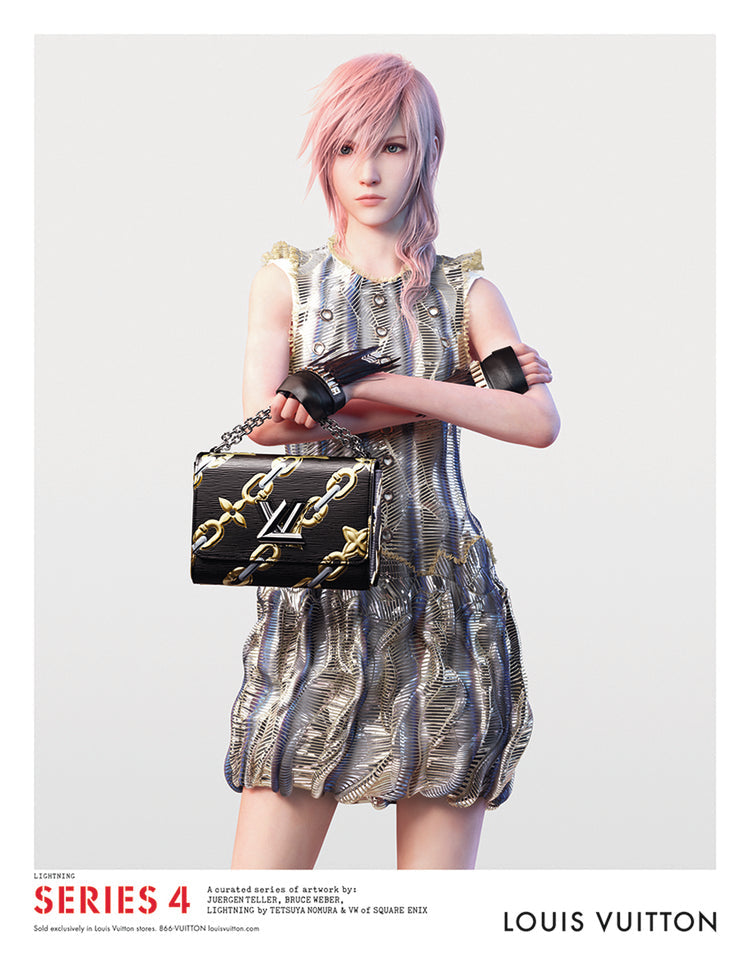Louis Vuitton is first and foremost a trunk-making house founded in 1854 by Louis Vuitton. Originally from Jura (Franche-Comté), Louis left his village at 13 to walk to Paris, where he learned the trade with master trunk maker Monsieur Maréchal. Very quickly he innovated by making flat trunks in coated canvas (Trianon canvas) – waterproof and stackable – replacing the traditional round-topped trunk. This new design revolutionized travel luggage and ensured the house's reputation from the start.
The trunk maker to Empress Eugénie
Vuitton's fame grew rapidly. In 1853, Empress Eugénie (wife of Napoleon III) appointed him official trunk maker to the Court, ensuring the craftsman prestigious sponsorship. It is reported that she appreciated his work so much that she complimented him: "He wrapped the finest clothes in an exquisite manner." This imperial support attracted the European and American aristocracy – the young Louis soon found himself supplying kings, tsars, and dignitaries of courts worldwide.
Innovations and global expansion
Louis Vuitton accumulates innovations against counterfeits and the challenges of time. The Franco-Prussian War (1870-71) destroyed his Paris workshop, but he immediately rebuilt it on rue Scribe and bounced back. In 1885, he opened his first store abroad (Oxford Street, London). To ward off imitators, he invented the "Damier" canvas in 1888. (brown and beige checkered pattern bearing the mention "registered trademark").
![]()
His only son, Georges Vuitton, then introduced the famous LV monogram in 1896 (stylized flowers and diamonds). Georges is also known for having challenged the illusionist Harry Houdini in 1890: he offered him to pick the revolutionary spring lock of his trunks, a challenge the magician did not take up, proving their inviolability.
Iconic boutiques and brand image
At the beginning of the 20th century, Louis Vuitton expanded its global empire. In 1914, it opened a flagship store on the Avenue des Champs-Élysées in Paris, which became the largest luggage store in the world. At the same time, the brand multiplied exceptional stores across Europe and the United States, asserting its international aura.
Cult bags and icons of the 20th century
Beyond trunks, Louis Vuitton diversified its creations into bags that have become legendary. In the 1930s, the house launched the Keepall (large travel bag, 1930) and its urban counterpart the Speedy (1932), the brand’s first handbag for daily use. These models became symbols of practical elegance – it is said that in 1965 actress Audrey Hepburn, a great admirer of the Speedy, requested a smaller model: the Speedy 25 was then born. Other creations mark history: the Noé bucket bag (originally designed to carry champagne) and the Papillon bag (inspired by weather balloons) remain references. Each bag testifies to the skillful balance between trunk-making tradition and stylistic boldness.
Expertise, even under the magnifying glass: Entrupy at Les Folies d’Eugénie
In the era of ultra-sophisticated counterfeits, Louis Vuitton is undoubtedly one of the most copied brands in the world. But there is a tool up to this challenge: Entrupy. This cutting-edge technology – used by experts, luxury resale houses, and even auctioneers – relies on artificial intelligence and microscopic analysis of material, leather, stitching, and prints. The result: an impressive reliability rate and a fearsomely precise detection of fakes.
At Les Folies d’Eugénie, authenticity is no joke. Every luxury leather good is certified via Entrupy, to guarantee our clients complete transparency. Because behind every bag lies a story – and ours always begins with the truth.
Contemporary heritage and modernity
The brand modernizes without denying its heritage. In 1987, Louis Vuitton merged with Moët & Chandon and Hennessy to form the LVMH group, a global luxury giant. In 1997, the arrival of Marc Jacobs as artistic director inaugurated the ready-to-wear line and new fashion accessories. Louis Vuitton maintains its legend through limited editions, artistic collaborations, and innovations (including sustainable initiatives). The anecdotes that punctuate its history – from Empress Eugénie to Houdini, and Hepburn – highlight the spirit of excellence and dream that drives the house. Today as yesterday, Louis Vuitton remains synonymous with timeless elegance and refined travel.
Sources: Official biographies and archives of Louis Vuitton, historical and specialized press articles (Condé Nast, Forbes, Vogue, etc.).






